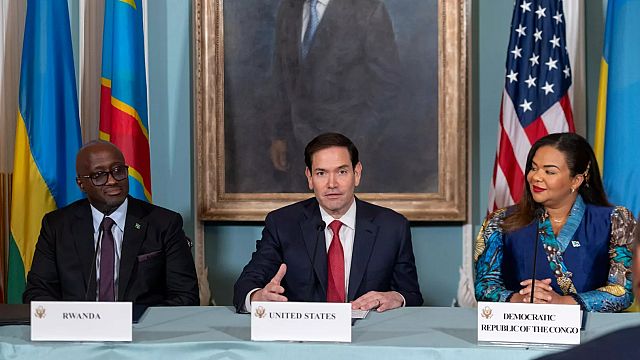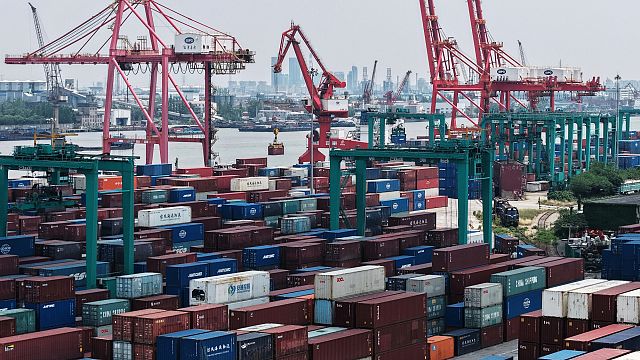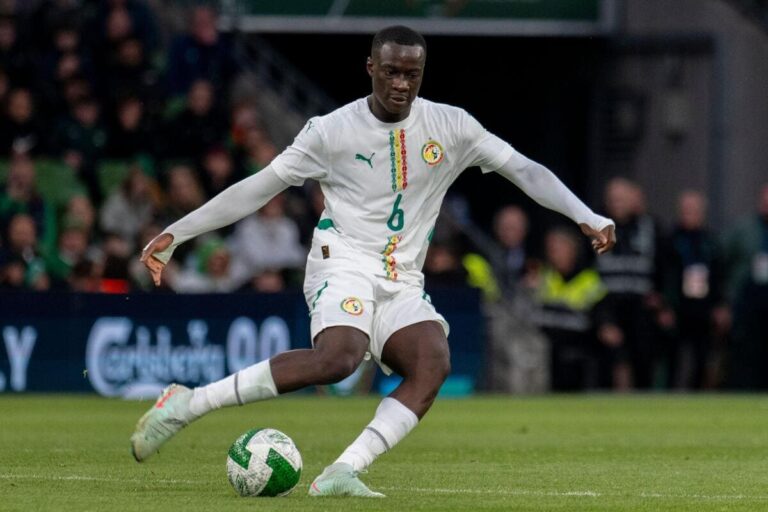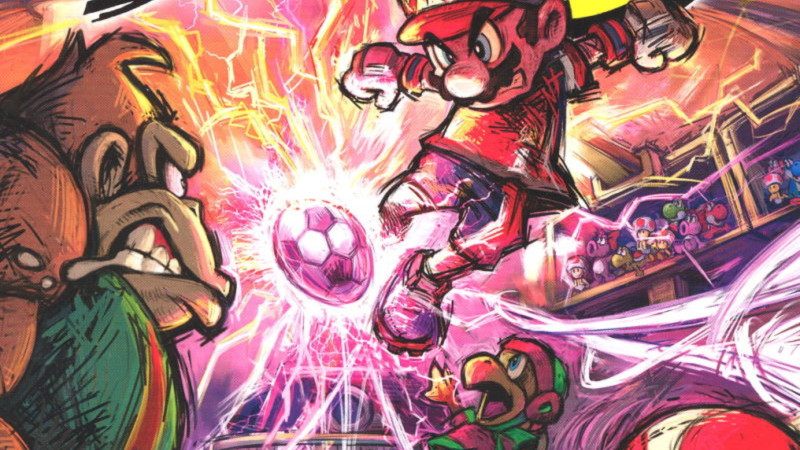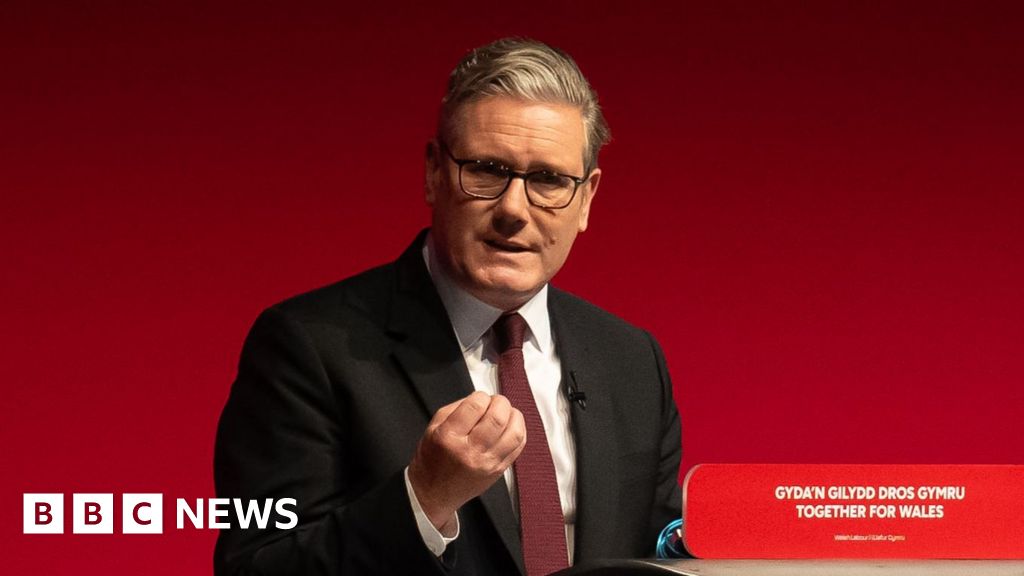How the Supreme Court’s Injunction Ruling Expands Trump’s Power

The Supreme Court ruling barring judges from swiftly blocking government actions, even when they may be illegal, is yet another way that checks on executive authority have eroded as President Trump pushes to amass more power.
The decision on Friday, by a vote of 6 to 3, will allow Mr. Trump’s executive order seeking to end birthright citizenship to take effect in some parts of the country — even though every court that has looked at the directive has ruled it unconstitutional. That means some infants born to undocumented immigrants or foreign visitors without green cards can be denied citizenship-affirming documentation like Social Security numbers.
But the diminishing of judicial authority as a potential counterweight to exercises of presidential power carries implications far beyond the issue of citizenship. The Supreme Court is effectively tying the hands of lower-court judges at a time when they are trying to respond to a steady geyser of aggressive executive branch orders and policies.
The ability of district courts to swiftly block Trump administration actions from being enforced in the first place has acted as a rare effective check on his second-term presidency. But generally, the pace of the judicial process is slow and has struggled to keep up. Actions that already took place by the time a court rules them illegal, like shutting down an agency or sending migrants to a foreign prison without due process, can be difficult to unwind.
Presidential power historically goes through ebbs and flows, with fundamental implications for the functioning of the system of checks and balances that defines American-style democracy.
But it has generally been on an upward path since the middle of the 20th century. The growth of the administrative state inside the executive branch, and the large standing armies left in place as World War II segued into the Cold War, inaugurated what the historian Arthur Schlesinger Jr. coined the “imperial presidency.”
Presidential power waned in the 1970s, in the period encompassing the Watergate scandal and the end of the Vietnam War. Courts proved willing to rule against the presidency, as when the Supreme Court forced President Richard M. Nixon to turn over his Oval Office tapes. Members of both parties worked together to enact laws imposing new or restored limits on the exercise of executive power.
But the present era is very different. Presidential power began to grow again in the Reagan era and after the terrorist attacks of Sept. 11, 2001. And now Mr. Trump, rejecting norms of self-restraint, has pushed to eliminate checks on his authority and stamp out pockets of independence within the government while only rarely encountering resistance from a Supreme Court he reshaped and a Congress controlled by a party in his thrall.
The decision by the Supreme Court’s conservative majority comes as other constraints on Mr. Trump’s power have also eroded. The administration has steamrolled internal executive branch checks, including firing inspectors general and sidelining the Justice Department’s Office of Legal Counsel, which traditionally set guardrails for proposed policies and executive orders.
And Congress, under the control of Mr. Trump’s fellow Republicans, has done little to defend its constitutional role against his encroachments. This includes unilaterally dismantling agencies Congress had said shall exist as a matter of law, firing civil servants in defiance of statutory limits and refusing to spend funds that lawmakers had authorized and appropriated.
Last week, when Mr. Trump unilaterally bombed Iranian nuclear sites without getting prior authorization from Congress or making any claim of an imminent threat, one Republican, Representative Thomas Massie of Kentucky, stepped forward to call the move unconstitutional since Congress has the power to declare war.
Mr. Trump reacted ferociously, declaring that he would back a primary challenger to end Mr. Massie’s political career, a clear warning shot to any other Republican considering objecting to his actions. Senator Lisa Murkowski, Republican of Alaska, recently told her constituents that “we are all afraid” of Mr. Trump.
But while the immediate beneficiary of the Supreme Court’s ruling is Mr. Trump, the decision also promises to free his successors from what has been a growing trend of district court intervention into presidential policymaking.
In the citizenship case, the justices stripped district court judges of the authority to issue so-called universal injunctions, a tool that lower courts have used to block government actions they deem most likely illegal from taking effect nationwide as legal challenges to them play out.
The frequency of such orders has sharply increased in recent years, bedeviling presidents of both parties. Going forward, the justices said, lower courts may only grant injunctive relief to the specific plaintiffs who have filed lawsuits.
That means the Trump administration may start enforcing Mr. Trump’s birthright citizenship order in the 28 states that have not challenged it, unless individual parents have the wherewithal and gumption to bring their own lawsuits.
The full scope of the ruling remains to be seen given that it will not take effect for 30 days. It is possible that plaintiffs and lower-court judges will expand the use of class-action lawsuits as a different path to orders with a nationwide effect. Such an option, Justice Amy Coney Barrett wrote in the majority opinion, would be proper so long as they obey procedural limits for class-action cases.
Still, in concurring opinions, two other key members of the conservative bloc, Justices Clarence Thomas and Samuel A. Alito Jr., warned lower-court judges not to lower standards for using alternative means to issue sweeping orders in an effort to circumvent the ruling.
Justice Alito wrote that “district courts should not view today’s decision as an invitation to certify nationwide classes without scrupulous adherence to the rigors” of legal rules. Justice Thomas added that if judges do not “carefully heed this court’s guidance” and act within limits, “this court will continue to be ‘duty bound’ to intervene.”
In a rare move that signaled unusually intense opposition, Justice Sonia Sotomayor read aloud a summary of her dissenting opinion from the bench on Friday. Calling the ruling a grave attack on the American system of law, she said it endangered constitutional rights for everyone who is not a party to lawsuits defending them.
“Today, the threat is to birthright citizenship,” she wrote. “Tomorrow, a different administration may try to seize firearms from law-abiding citizens or prevent people of certain faiths from gathering to worship. The majority holds that, absent cumbersome class-action litigation, courts cannot completely enjoin even such plainly unlawful policies unless doing so is necessary to afford the formal parties complete relief.”
Justice Sotomayor also said the administration did not ask to entirely halt the multiple injunctions against its order because it knew they were patently illegal, and accused the majority of playing along with that open gamesmanship. She, like the other two justices who joined her dissent, is a Democratic appointee.
All six of the justices who voted to end universal injunctions were Republican appointees, including three Mr. Trump installed on the bench in his first term. The same supermajority has ruled in ways that have enhanced his power in other avenues.
Last year, the bloc granted Mr. Trump presumptive immunity from criminal prosecution for his official acts as president. The ruling, by Chief Justice John G. Roberts Jr., asserted that presidents have absolute immunity for anything they do with the Justice Department and their supervision of federal law enforcement power.
Emboldened, Mr. Trump this year has built on his approach from his first term, when he informally pressured prosecutors to investigate his political foes. He has issued formal orders to scrutinize specific people he does not like, shattering the post-Watergate norm of a Justice Department case independent from White House political control.
The supermajority also has blessed Mr. Trump’s gambit in firing Democratic members of independent agency commissions before their terms were up. The conservative justices have made clear that they are prepared to overturn a longstanding precedent allowing Congress to establish specialized agencies to be run by panels whose members cannot be arbitrarily fired by presidents.
In a separate concurrence, Justice Ketanji Brown Jackson offered a realpolitik take. The majority’s exegesis of what powers Congress understood itself to be granting lower courts when it created them in 1789 was a smoke screen of mind-numbing “legalese,” she wrote, obscuring the question of whether a court can order the executive branch to follow the law.
“In a constitutional republic such as ours, a federal court has the power to order the executive to follow the law — and it must,” she wrote before striking a cautionary note.
“Everyone, from the president on down, is bound by law,” she added. “By duty and nature, federal courts say what the law is (if there is a genuine dispute), and require those who are subject to the law to conform their behavior to what the law requires. This is the essence of the rule of law.”
But Justice Barrett accused her of forgetting that courts, too, must obey legal limits.
“Justice Jackson decries an imperial executive while embracing an imperial judiciary,” Justice Barrett wrote. “No one disputes that the executive has a duty to follow the law. But the judiciary does not have unbridled authority to enforce this obligation — in fact, sometimes the law prohibits the judiciary from doing so.”
What's Your Reaction?
 Like
0
Like
0
 Dislike
0
Dislike
0
 Love
0
Love
0
 Funny
0
Funny
0
 Angry
0
Angry
0
 Sad
0
Sad
0
 Wow
0
Wow
0



